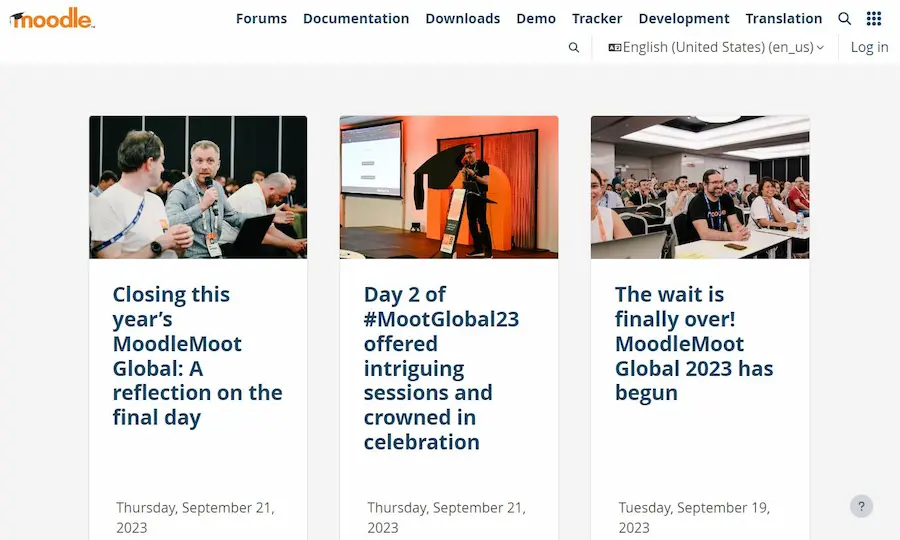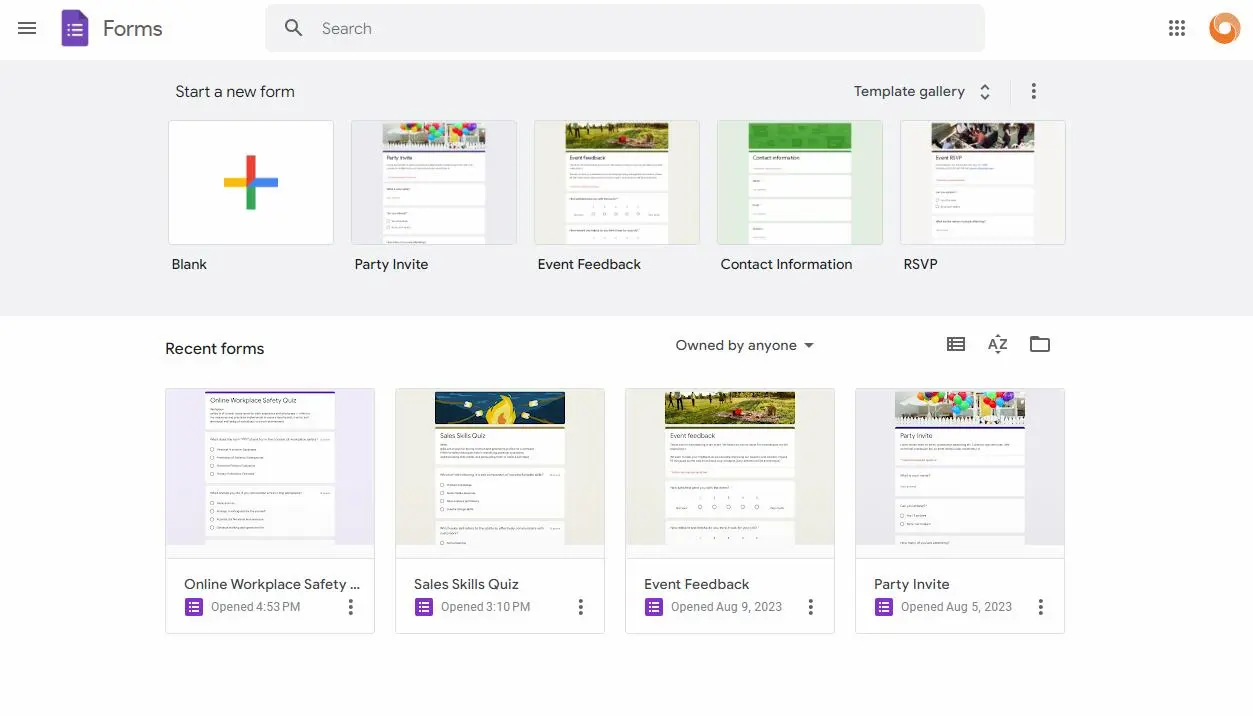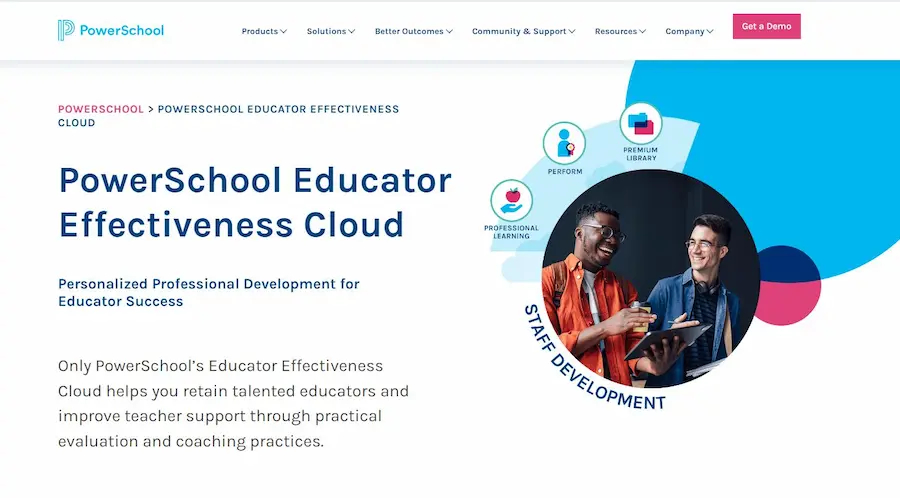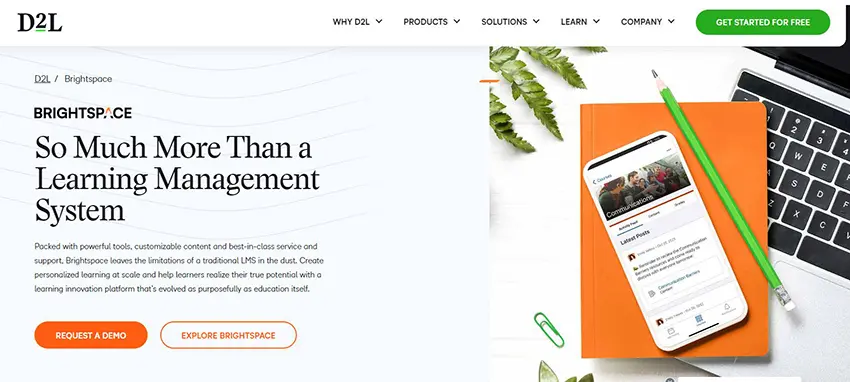The field of education has undergone a significant transformation in recent years, with technology playing a pivotal role. Learning Management Systems (LMS) have emerged as indispensable tools for educators, enabling them to create, manage, and deliver educational content in a structured and efficient manner. As schools increasingly transition to digital platforms, the demand for web-based LMS for schools has surged. In this article, we will explore the seven best web-based Learning Management Systems that are making a difference in the world of education.
Criteria for Selecting the Best Web-Based LMS for Schools
Before delving into the specifics of each LMS, it’s important to establish the criteria used for their selection. Choosing the right LMS for a school involves considering various factors, including:
1. Accessibility and User-Friendliness
The LMS should be easy for both educators and students to access and navigate. A user-friendly interface enhances the overall learning experience.
2. Features and Functionalities
A comprehensive LMS should offer a wide range of features, including content creation, assessment tools, communication capabilities, and analytics for tracking progress.
3. Customization Options
The ability to tailor the LMS to meet the unique needs and preferences of each school is crucial. Customization ensures that the LMS aligns with the school’s curriculum and goals.
4. Scalability and Integration Capabilities
The LMS should be able to accommodate the growth of a school and seamlessly integrate with other educational technologies and platforms.
Just so you know
With OnlineExamMaker quiz software, anyone can create & share professional online assessments easily.
5. Cost-Effectiveness
Affordability is a key consideration for schools with limited budgets. The LMS should provide value for money while delivering the necessary features.
6. Security and Data Privacy Considerations
Protecting sensitive student and school data is paramount. The LMS should adhere to robust security protocols and prioritize data privacy.
Now, let’s explore the seven best web-based Learning Management Systems that meet these criteria.
- 1. OnlineExamMaker
- 2. Moodle
- 3. Google Classroom
- 4. Schoology
- 5. Blackboard Learn
- 6. Edmodo
- 7. Brightspace
1. OnlineExamMaker
OnlineExamMaker is an advanced collaborative learning platform designed to revolutionize the way organizations train and develop their learners. It is known for its intuitive design, making it easy for educators to create, manage, and deliver content.
Key Features and Benefits
• User-Friendly Interface: OnlineExamMaker provides a simple and intuitive interface for educators and students, facilitating a smooth learning experience.
• Mobile Accessibility: Mobile friendly, ensuring accessibility from various devices.
• Integration Capabilities: OnlineExamMaker seamlessly integrates with third-party tools and apps, expanding its functionality.
• Analytics and Reporting: The LMS provides robust analytics and reporting features, allowing educators to track student progress and performance.
Real-World Applications in Schools
OnlineExamMaker LMS is used by schools of all sizes, from K-12 to higher education institutions. It is particularly popular for its ease of use and ability to adapt to diverse educational settings.
Create Your Next Quiz/Exam with OnlineExamMaker
2. Moodle

Moodle is an open-source web-based LMS that has gained a significant following in the education sector. It is known for its flexibility and customization options, making it a favorite among educators.
Key Features and Benefits
• Open-Source: Moodle is free to use and can be customized extensively to suit the specific needs of schools.
• Community Support: A vibrant community of users and developers provides support and a wealth of resources.
• Scalability: Moodle is suitable for both small schools and large institutions, offering scalability.
• Multilingual Support: It accommodates a wide range of languages, making it ideal for international schools.
Real-World Applications in Schools
Moodle is used by schools worldwide for its cost-effectiveness, adaptability, and strong community support.
3. Google Classroom

Google Classroom is a user-friendly and widely adopted web-based LMS that integrates seamlessly with Google Workspace for Education. It offers a streamlined approach to managing classes and assignments.
Key Features and Benefits
• Integration with Google Workspace: It integrates with other Google tools, such as Google Docs and Google Drive, for easy collaboration.
• Simple and Intuitive: Google Classroom’s straightforward design makes it easy for educators and students to use.
• Automated Assignments: It automates assignment distribution and collection, saving educators time.
• Communication Tools: Google Classroom offers communication features for class discussions and announcements.
Real-World Applications in Schools
Many schools, particularly those already using Google Workspace for Education, find Google Classroom to be a natural choice due to its seamless integration with Google’s suite of tools.
4. Schoology

Schoology is a cloud learning management software that combines course management, assessment tools, and social networking features. It is designed to foster collaboration and engagement among students.
Key Features and Benefits
• Collaboration Features: Schoology includes features for discussion forums, group collaboration, and messaging, promoting interaction among students.
• Assessment Tools: It offers various assessment options, including quizzes, assignments, and grading tools.
• Parent Access: Schoology provides access for parents to monitor their child’s progress and assignments.
• Integration Capabilities: The LMS integrates with third-party applications, expanding its functionality.
Real-World Applications in Schools
Schoology is often chosen by schools looking to enhance collaboration and engagement among students while providing robust assessment tools.
5. Blackboard Learn

Blackboard Learn is a well-established web-based LMS known for its comprehensive features and reliability. It caters to both K-12 and higher education institutions.
Key Features and Benefits
• Robust Features: Blackboard Learn offers a wide range of features, including content management, assessment tools, and analytics.
• Scalability: It can accommodate both small schools and large institutions.
• Mobile Accessibility: Blackboard Learn provides mobile apps for convenient learning on smartphones and tablets.
• Security: It prioritizes data security and offers advanced authentication options.
Real-World Applications in Schools
Blackboard Learn is trusted by many institutions for its extensive feature set and reliability in managing educational content.
6. Edmodo
Edmodo is a user-friendly web-based LMS designed with K-12 educators and students in mind. It offers a simple and intuitive platform for managing classes and assignments.
Key Features and Benefits
• User-Friendly: Edmodo’s interface is straightforward, making it accessible for educators, students, and parents.
• Communication Tools: It provides communication features for announcements, class discussions, and messaging.
• Assignment Management: Edmodo offers tools for creating, distributing, and grading assignments.
• Integration with Google Apps: It integrates seamlessly with Google Apps for Education.
Real-World Applications in Schools
Edmodo is particularly popular in K-12 settings due to its user-friendliness and focus on communication and collaboration.
7. Brightspace

Brightspace by D2L is a web-based LMS known for its advanced features and analytics capabilities. It is designed to enhance the overall learning experience.
Key Features and Benefits
• Advanced Analytics: Brightspace offers robust analytics tools for tracking student performance and engagement.
• Personalized Learning: It supports personalized learning paths and adaptive assessments.
• Accessibility: Brightspace prioritizes accessibility features to ensure inclusivity.
• Integration Capabilities: The LMS integrates with various third-party tools and platforms.
Real-World Applications in Schools
Brightspace is chosen by institutions seeking advanced analytics and personalized learning options to improve student outcomes.
Conclusion
Selecting the best web-based Learning Management System for a school is a crucial decision that impacts the overall learning experience of students and the efficiency of educators. The seven LMS platforms discussed in this article offer a range of features and benefits, catering to different educational needs and preferences. Schools should carefully consider their specific requirements and priorities when making this important choice. As technology continues to advance, web-based LMS will play an increasingly vital role in shaping the future of education.